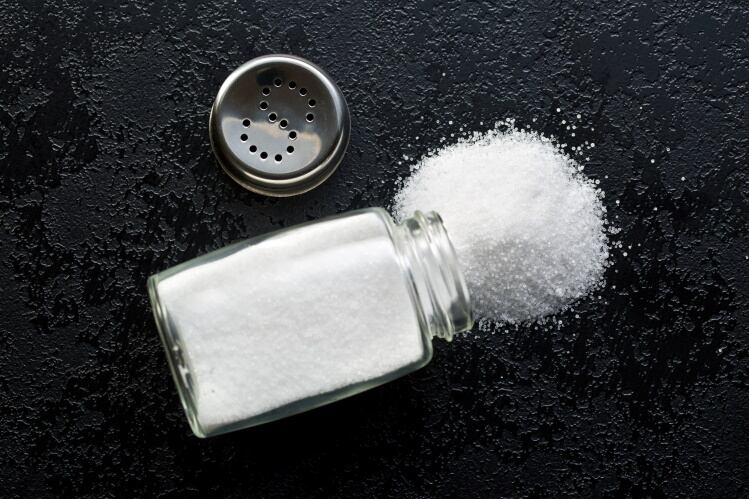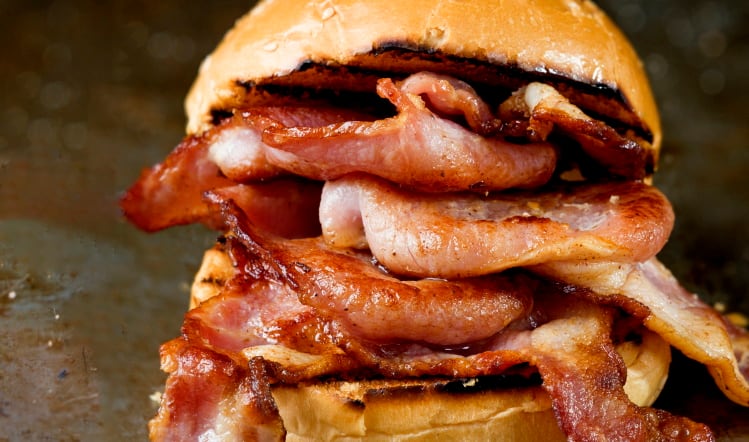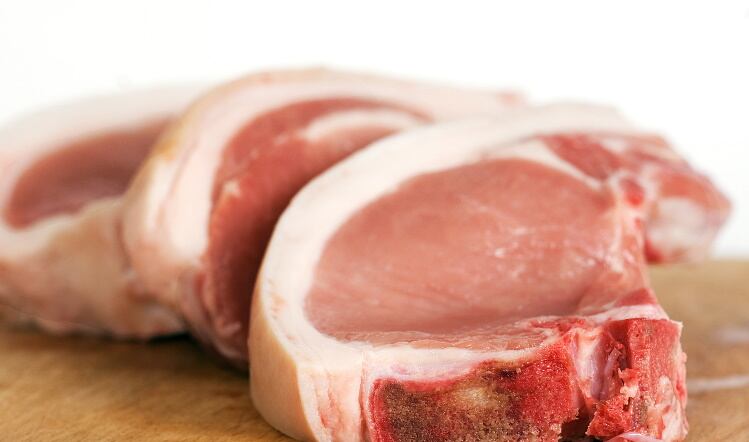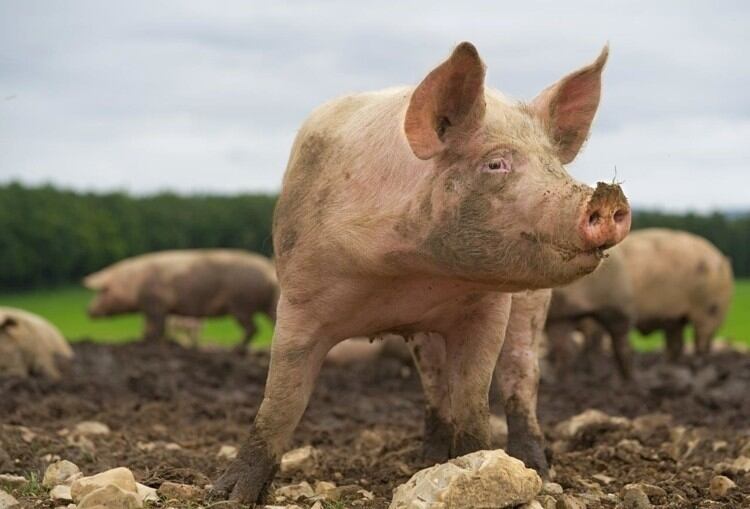Much like the rest of the world, the pork and bacon industry has been heavily influenced by the COVID-19 pandemic. Despite this, pork processors have shown resilience and a determination to make the best of things, and it seems the situation may not be nearly as dire as might have been expected.
Despite the great upheaval of the past three months, one thing remains constant: those producers that can adapt flexibly and respond to consumer demands effectively are in the best position.
Sian Oliver-Gay, senior trade policy and committees manager at the Provision Trade Federation, notes the industry’s ability to maintain high standards of health and welfare, as well as food safety and sustainability, despite the coronavirus pandemic.
“Challenges going forwards will undoubtedly be adapting to the new normal after COVID-19, meeting shifting demands for world protein – not least due to African Swine Fever taking out such a high percentage of pigmeat in Asia – but also ensuring domestic legislation and new trade deal developments do not undermine competitiveness,” she adds.

Pork in China
Pork exports have also taken a hit due to the pandemic. With China – the world’s biggest consumer of pork products – effectively shut off due to COVID-19, many exporters have lost a key market, even if the situation is temporary.
That said, closer to home, an increase in at-home consumption has more than offset the shutdown of the hospitality and foodservice industry. According to the Agriculture & Horticulture Development Board (AHDB), processed meats, which include bacon, gammon, burgers and grills, sausages and sliced cooked meats, have proved popular during the lockdown. And sausages and bacon have been target purchases, as consumers perceive them as easier to cook.
The latest figures cited by AHDB and provided by Kantar show sales of sausages were up by 18.3% in the 12 weeks ended 19 April 2020. Bacon, in particular, had been in decline prior to the lockdown, with the recent spate of panic-buying the face of the coronavirus doing wonders to boost sales. In total, consumer spend on processed meats was up 18.7% year-on-year (£869.2m) and accounted for more than half of all pork sales in the UK.
“There’s certainly a lot of demand for processed pork products right now,” AHDB red meat lead analyst Duncan Wyatt explains. “The [May Bank] holidays lend themselves to those products as well.”
“Overall volume sales of sausages are up compared to last year. Broadly speaking, it looks as if demand is actually relatively robust and hopefully that continues.”
Continental success
Another area of the pork industry that has met with success during the lockdown has been continental meats. Value sales for the sector have risen like-for-like by 11% in the 12 weeks to 19 April, according to Kantar data.
The greater incidence of eating at home rather than out-of-home has seen consumer demand rise for sandwich fillers. In fact, demand has been so great, many producers are having to rapidly adapt, according to own-label chilled supplier Winterbotham Darby.
“Challenges ahead will be adapting to the new normal after COVID-19, meeting shifting demands for world protein”
“Due to the long maturation times required for producing continental meats, forecasting future demand has been critical in maintaining supply,” says Winterbotham Darby commercial director Damian Shaw. “New consumers, attracted by the longer fridge life and versatility of continental meats, have only helped further boost demand and the trend is not forecast to change going forward.
“We have certainly seen some impact on our business in terms of manufacturing and foodservice, with sales in food-to-go and ready meals dropping significantly. However, many out-of-home foodservice businesses (wholesalers) are adapting and supplying direct to consumers.”
Shaw gives an example of one supplier Winterbotham Darby works with that has developed an online platform to sell fresh meat, vegetables and plant-based products to households across south-east England.
Plant-based alternative
Even before COVID-19 hit, some pork producers were taking a radical approach in adapting to shopper trends, of course. Tulip, for example, has reported success with its first-ever vegan product, launched in October last year through a partnership with retailer The Co-op. The Green Butcher brand was the direct result of an increased consumer demand for more vegetarian options.
The vegan slices sit alongside traditional meat products in the chilled fixture, a move that could ultimately help in normalising the presence of meat-free alternatives in the chiller.
Zoe Bruce, customer director at Tulip, says: “The slices demonstrate our capabilities as a modern food manufacturer to meet the evolving needs of the market. This is an exciting new journey that demonstrates our ability to meet changing consumer needs and we’re looking forward to developing the range further.”
Of course, while the big picture looks rosy, it’s unlikely all suppliers have been able to adapt as readily as others, so some may still have been hit hard by the shifting trends. Even within individual companies, units with greater exposure to out-of-home eating, including food-to-go, look set to suffer greater impacts than other sections of the same business. Once the immediate crisis has passed, it remains to be seen which ones will prove to be survivors.
Salt on the agenda

With salt high on the agenda, a spotlight has been focused on the bacon industry. A report, entitled Salt Content of Bacon, from campaign group Action on Salt, published in January 2020, helped reignite the debate, comparing the salt content of all bacon products available from ten of the UK’s major retailers.
Bearing this in mind, food manufacturing machinery provider Interfood argues that technology has a vital role to play if producers want to control the level of salt in their bacon products. With a large number of processors opting to inject water into the pork to help evenly distribute curing salts, it maintains the best way forward is a system that can be calibrated easily and quickly.
“Automating the brine preparation and injection process from start to finish provides the all- important consistency to ensure the salt content required is achieved and maintained,” explains Interfood curing to clipping divisional manager James Radcliffe.
“This will only become more of a focus as the trend towards lower salt levels intensifies: as the proportion of brine added to bacon lowers, so the margins of error become tighter. The difference between bacon/ham and pork is very fine at low levels and easy to get wrong.”
It’s just one example of the way in which equipment suppliers help the industry flex quickly to meet consumers’ needs.





